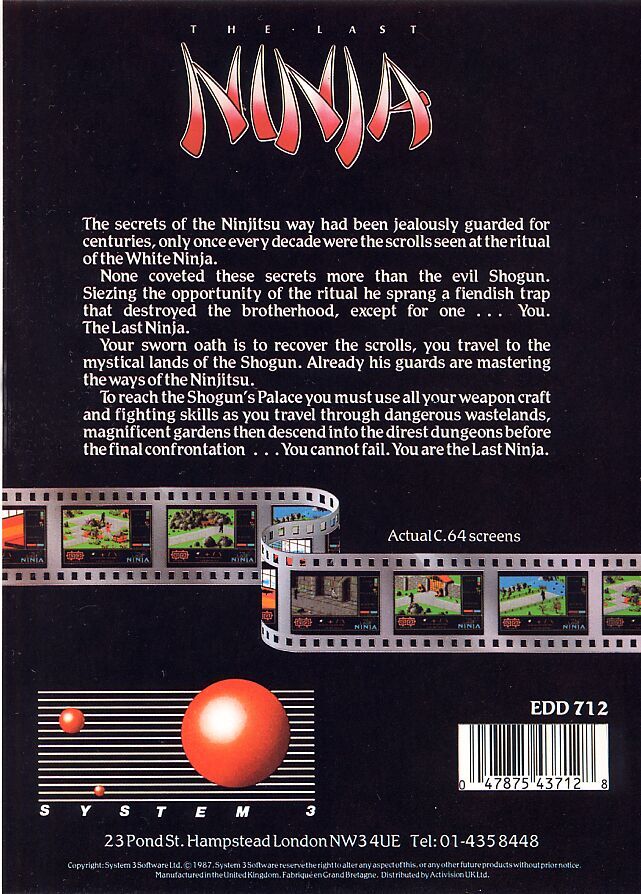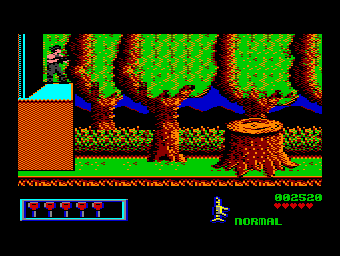Every time I do a talk, I go on about how gamification is mostly about learning from games. Seeing how games manage certain situations and apply them to everyday life in some way.
Today, I want to briefly consider how games manage the player’s expectations, from how they introduce players to what they can expect from the game itself, to how they keep players informed throughout the game.
Attraction: What are you going to play?
When I was young, the video game playing experience often started with reading previews and reviews in magazines. This would get me interested at first, creating hype around what the game was going to be, hints as to what the gameplay would be like, peaks at the graphics and so on.



Now, this mostly happens online with youtube videos and websites. But, it still is all part of the experience, attracting players to the new shiny game. It is about trying to introduce you to what you might be able to play.
Next, you would go to the shop and see the game in its box. The art on the cover, the screenshots on the back, the story and accolades there to be read as you considered the purchase. Good box art alone could sell a game to the casual purchaser!



Now this is all done via online stores such as Steam, or Xbox live via videos and screen shots – however, the idea is the same. Once the player has made a decision to maybe buy the game, give them more encouragement by showing them what to expect from the game.
Introduction & Instruction: Why & How you play
Once a purchase had been made, you would take your game home, open the box and read the manual and whatever else may have been included with the game. The manual would not only tell you how to play the game, but would also set the scene as to why you are playing the game – providing back story and interesting information about what the game is all about. In some cases, you would get a separate novella!

Games today mostly have to do this when you start playing, especially when you are buying games online and never see a physical box! You can usually download a manual of some sort, but games are able to provide this kind of information in tutorials and cutscenes. The idea is again the same, giving you context and setting the scene – creating expectations about why you are playing and how.
Pitfall: Misleading Expectations
At this point, you had a good idea of what to expect in the game. “Back in the day”, where all you had done was read manuals and look at screenshots – there may still be a nasty surprise in store when the game actually didn’t look or play the way you would expect. This was not uncommon sadly as rules around how games were marketed could at times be grey… Often a game would show the graphics from a better spec machine than yours, say a Commodore Amiga compared to you C64 – and the uninitiated would get caught out, ending up with a game that both looked and played inferior to expectations. This could truly destroy your faith in a game, the magazine that showed it and the developers that made it!
However, these days that are much much less likely to happen!


End of Part 1
I’ve decided to break this into 2 parts, for the simple reason – this is quite long – also, always keep them wanting more!
But, what have we learned so far that we can transfer? This has just looked at things that happen before a player even begins playing properly. However, already we have set three key expectations
- What they are going to play
- What it will the experience look like, what is it about etc
- Why they are going to play
- What is the motivation to do the tasks the experience will be delivering. In games this will refer to the story line, save the alien planet from the evil robots.
- In gamification this has a several meanings. It can be the narrative, it can be the motivation we are focusining on or it can be more concrete such as mandatory training or learning to drive.
- How they are going to play
- What are the rules of the game and how do I play it? This is all about Instructions and tutorials, giving the player enough information to begin to succeed.
That all seems very transferable to me! In part 2 I will look at how games manage expectations as you play them and how we can transfer that to gamification. Until then – Nanu nanu

Similar Posts:
- Learning from Games: Managing Expectations – Part 2
- Keeping it Real in Fantasy Worlds
- Play Games, Enjoy Games and be a Better Gamification Designer

Also published on Medium.


You did not manage my expectations well. I clicked on your article expecting to hear how to manage expectations, only to discover that this is only part one and does not discuss what was promised. : (
Except that it was called Part 1 and throughout explains how games manage expectations and how that can be transferred to gamification, with a summary of what had been learned so far and how to transfer that to gamification and a reminder it was part one 🙂